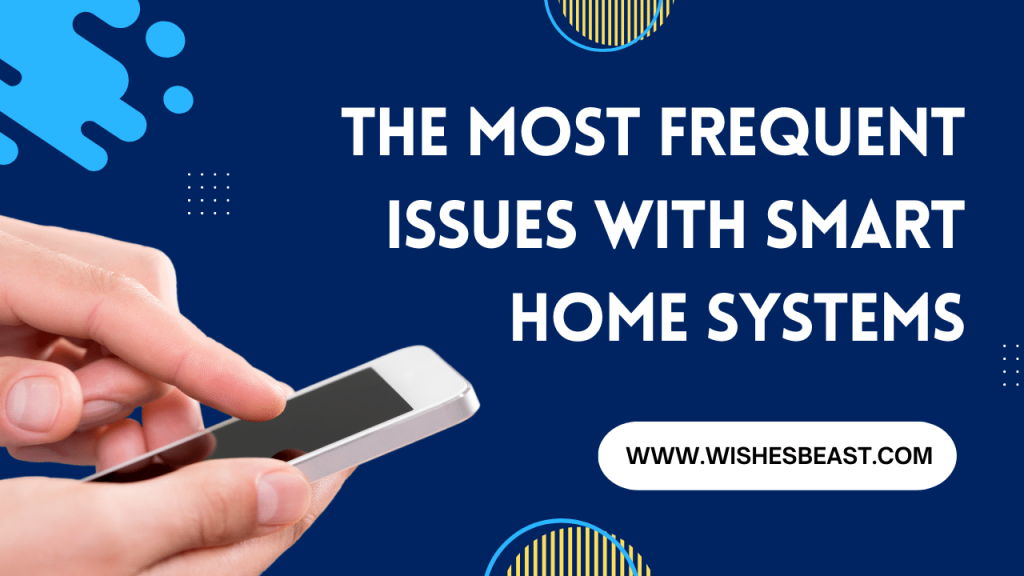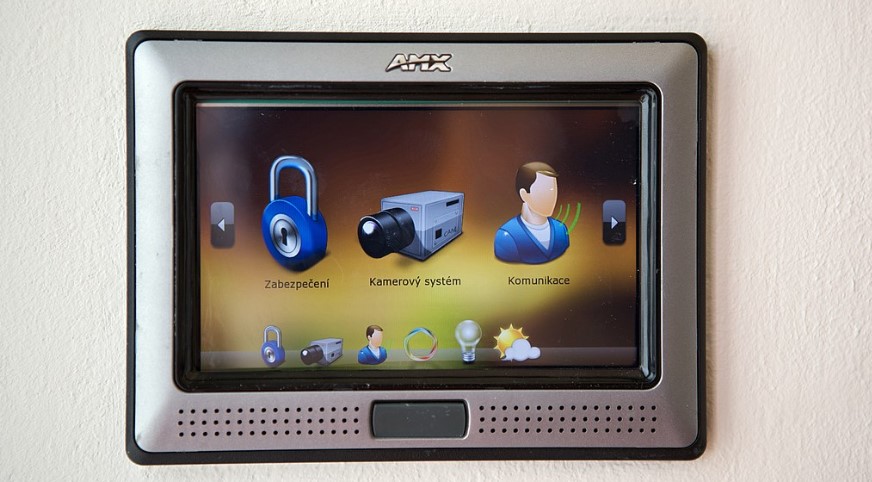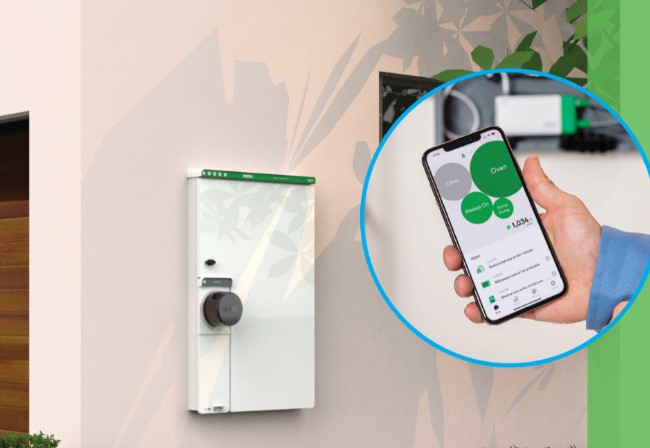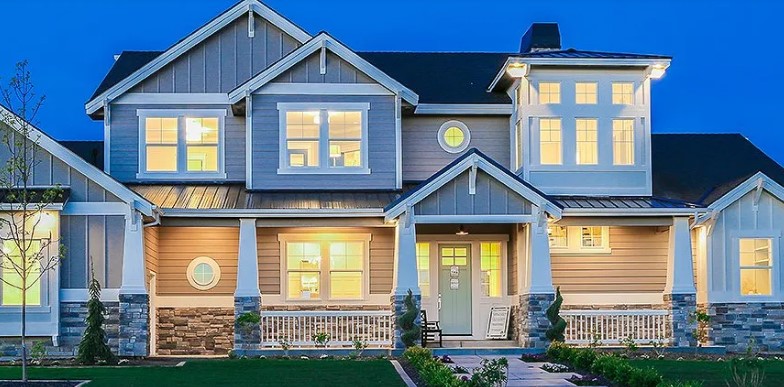The Most Frequent Issues With Smart Home Systems (List of 10 Most Common Problems With Their Solutions)

Smart home systems are an embodiment of our technologically advanced age, seamlessly blending comfort, convenience, and cutting-edge technology into one intuitive package. As amazing as they are, like any other technology, they come with their own set of challenges. Our team of experts has compiled the most common issues with smart home systems and effective solutions to help you triumph over these hurdles and make the most out of your home automation experience. We hope this guide about “The Most Frequent Issues With Smart Home Systems” will prove much helpful for all our readers.
1. Connectivity Issues: The Invisible Roadblock

Often, the root of many troubles with smart home control systems lies in connectivity issues. These systems operate on Wi-Fi networks, and if the connection is unstable or insufficient, your devices may not function properly.
Solution: Ensure your Wi-Fi network is robust and reaches all corners of your home. For larger properties, consider using Wi-Fi extenders or a mesh network to amplify the signal.
2. Incompatibility Woes: The Jigsaw Puzzle That Doesn’t Fit

The diverse landscape of smart home devices often leads to incompatibility between different brands or systems. This can restrict seamless integration, causing common errors in home automation.
Solution: Before purchasing any smart device, check if it’s compatible with your existing smart home ecosystem. Brands like Google, Amazon, and Apple often provide compatibility information on their product pages.
3. Device Overload: The Traffic Jam

Sometimes, overloading your network with too many smart devices can slow down its response time, leading to delays or malfunctions.
Solution: A higher capacity router or a dedicated network for your smart home devices could be the key. Upgrading your internet plan for higher bandwidth might also help.
4. Security Concerns: The Unseen Invader

One frequently voiced concern about smart home systems is security. With everything connected to the internet, potential vulnerabilities can be exploited by cybercriminals.
Solution: Regularly update your devices’ firmware and ensure you have a strong, unique password for each device. Consider using a dedicated VPN for your smart home network for added security.
5. User Error: The Learning Curve
Lastly, user error is often an overlooked issue. Misconfiguration or improper use can lead to common glitches in smart home setups.
Solution: Spend some time learning about your devices and how they function. Many manufacturers provide detailed user guides and online support to help you get the most out of your smart home.
6. Outdated Firmware: The Silent Saboteur
Firmware is like the brain of your smart device, controlling how it behaves and interacts with other devices. Outdated firmware can cause devices to malfunction, act erratically or lose functionality.
Solution: Regularly check for firmware updates from the manufacturer. Most devices can be updated via their respective apps, ensuring they perform optimally.
7. Physical Distance: The Space Between
Sometimes, smart devices fail to communicate due to physical distance. For example, a smart plug in your garage may not work if it’s too far from your router.
Solution: Strategically place your devices within range of your Wi-Fi router. Consider using Wi-Fi extenders or mesh networks for large homes.
8. Electrical Interference: The Hidden Disturbance
Other electronic devices can interfere with the signals of your smart home systems, causing them to act unpredictably or not respond at all.
Solution: Identify potential sources of interference, such as microwaves or cordless phones, and place your smart devices away from them.
9. Fluctuating Power Supply: The Unstable Current
Smart devices are sensitive to changes in power supply. Voltage spikes or dips can cause devices to reset, lose data, or even get damaged.
Solution: Ensure a stable power supply for your smart devices. You might want to consider using a voltage stabilizer for sensitive devices.
10. Lack of Standardization: The Tower of Babel
The smart home industry still lacks a common standard, which can cause confusion and interoperability issues between devices from different manufacturers.
Solution: Stick to devices that support common protocols like Zigbee, Z-Wave, or Wi-Fi for better compatibility. The forthcoming ‘Matter’ standard aims to unite major smart home platforms and is worth keeping an eye on.
FAQs About The Most Frequent Issues With Smart Home Systems
Q: How to troubleshoot smart home devices?
A: Start by checking the internet connection and device compatibility. For more specific problems, refer to the device’s user manual or contact customer support.
Q: Why are my connected home devices not working properly?
A: This can be due to several reasons such as weak Wi-Fi signal, device overload, or compatibility issues. Ensure your Wi-Fi network is strong, and your devices are compatible with your smart home system.
Q: How to fix glitches in smart home setups?
A: Glitches often result from user errors or software bugs. Ensure you’re using your devices as intended and keep them updated to the latest firmware.
Q: What issues can arise during smart home integration?
A:Common issues include incompatibility between devices, poor Wi-Fi coverage, and overload of devices on your network.
Q: How to deal with problems in smart home control systems?
A: Start by identifying the problem. Is it a connectivity issue, an incompatibility problem, or a device overload? Once identified, you can start troubleshooting accordingly.
Q: Why is my smart home system malfunctioning?
A: Common causes can be weak Wi-Fi signal, outdated device firmware, or a device not being configured properly.
Q: What are the solutions for smart home system issues?
A: Solutions depend on the issues. Strong Wi-Fi signal, updated devices, proper configuration, and device compatibility can solve most problems.
Q: How often should I update my device firmware?
A: It’s recommended to update your device firmware whenever an update is available. Updates often include security patches, bug fixes, and new features.
Q: How can I extend the range of my Wi-Fi for better device connectivity?
A: Use Wi-Fi extenders or mesh networks to increase the range of your Wi-Fi signal, ensuring all your smart devices stay connected.
Q: How can I prevent electrical interference in my smart home setup?
A: Keep your smart devices away from common sources of interference, like microwaves, cordless phones, or other large electronics.
Q: What is the Matter standard?
A: Matter is an upcoming open-source, royalty-free connectivity standard backed by major companies like Apple, Google, and Amazon. It aims to improve compatibility among smart devices.
Also Read: What Does the Frame Rate of a Virtual Reality Headset Indicate?
Conclusion: Conquering the Challenges Together
No revolution was ever easy, and the smart home revolution is no exception. By understanding these challenges and their solutions, we can fully embrace the convenience of a truly smart home. With patience, vigilance, and a spirit of exploration, you can overcome “The Most Frequent Issues With Smart Home Systems”.


